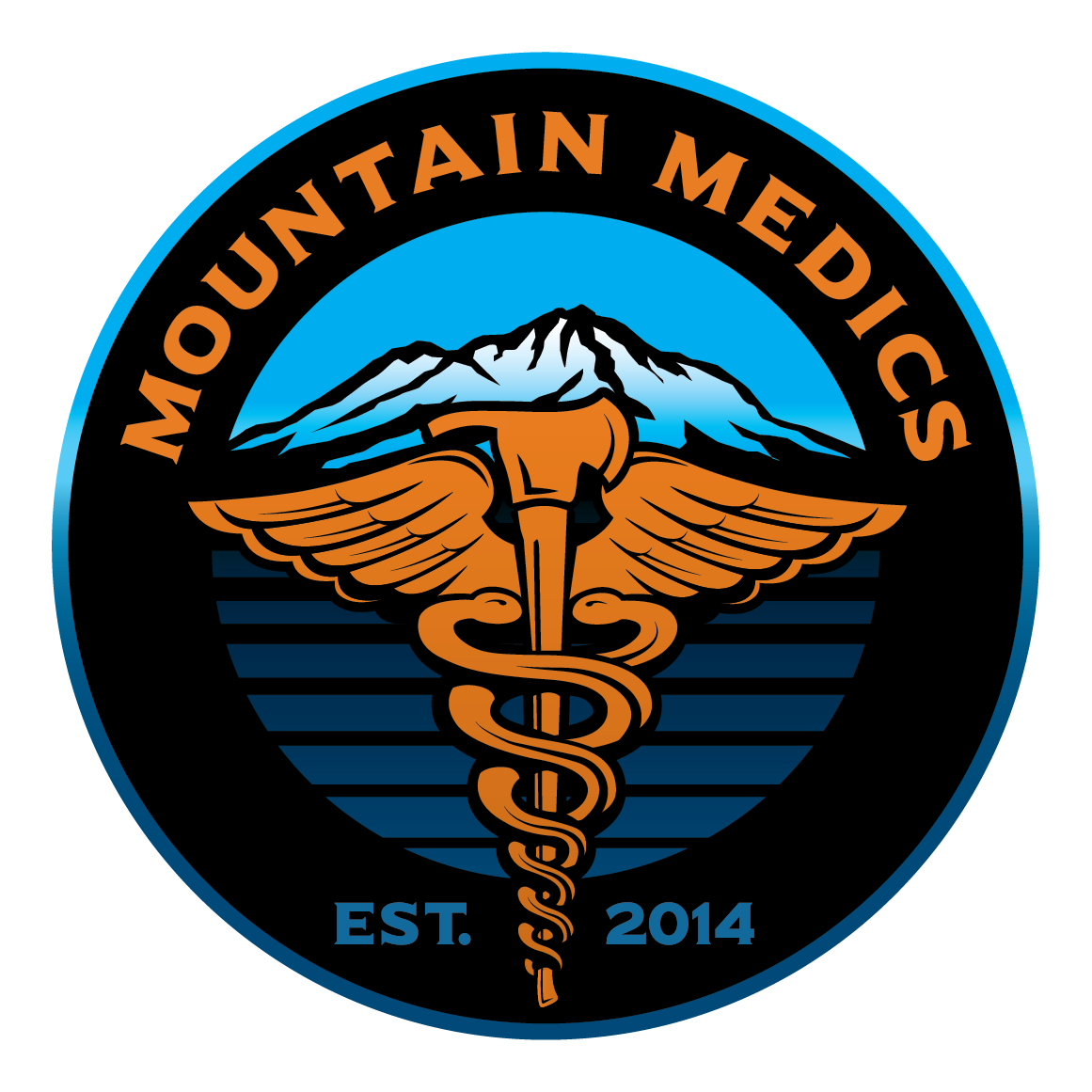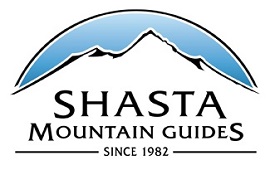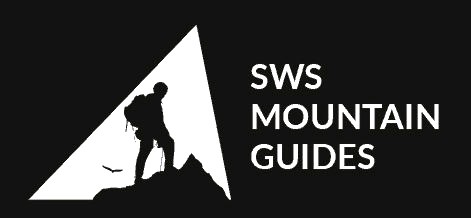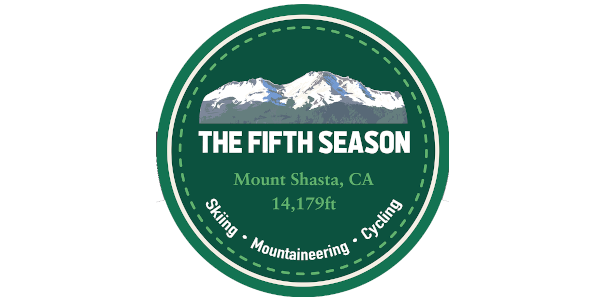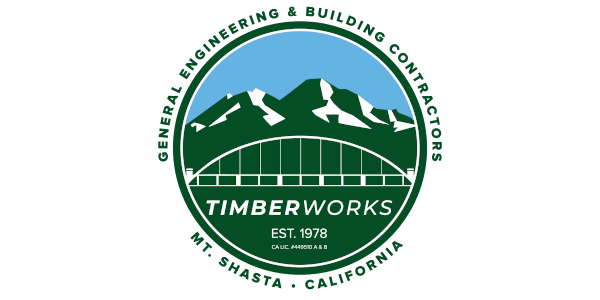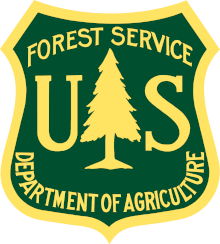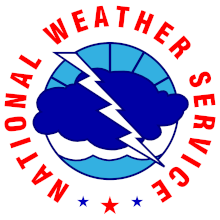The Mount Shasta Avalanche Center is no longer issuing avalanche forecasts for the 2021/2022 season. This climbing advisory is the BEST place for up-to-date mountain information, but still read the spring statement for avalanche concerns.
Remember, if traveling above 10,000' you need to purchase a summit pass. These are available at Bunny Flat trailhead and the Mt. Shasta or McCloud ranger stations. Annual summit passes are available to purchase at the Fifth Season gear shop in Mt Shasta City during business hours.
Climber safety and mountain sanitation are two of our top management priorities. Please do your part to keep the mountain clean and pack out all waste. Nobody wants the human excrement visual, and it doesn't break down in the alpine environment. Fortunately, it is REQUIRED to pack out your human waste on Mt. Shasta. Free wag bags are available at all open trailheads. Also, please help keep Bunny Flat clean. Camping is allowed in the parking lot or just below in the dispersed camping area (full of snow and not accessible currently). It is primitive camping, no water/other services available, except bathrooms. Please don't leave litter or campfire debris in the parking lot. Pack your garbage all the way to town instead of dumping large quantities of trash into the small trash receptacle at Bunny Flat.
The gate past Bunny Flat is still closed. The road is covered in snow. All wilderness trailheads accessing Mount Shasta, except for Bunny Flat, are also still closed and inaccessible due to snow. Expect snow to limit access to other trailheads for another few weeks or month, especially with the current weather/April snow storms. The road to Brewer Creek trailhead washed out again last Fall and will be impassable to most vehicles regardless of snow. This is a priority to repair this spring, and we'll keep you posted. The Everitt Memorial Highway is plowed to Bunny Flat, but not always the first priority during big storms.
Check all our recent observations for photos and read the full report for current mountain conditions....
Be Prepared!!
Our goal is to ensure you have a positive wilderness experience and come home in one piece! So,
- BE PREPARED
- DO YOUR RESEARCH
- ALWAYS WEAR A HELMET
- KNOW HOW TO USE YOUR ICE AXE & CRAMPONS.
- CARRY PROPER NAVIGATION TOOLS AND KNOW HOW TO USE THEM
- REMEMBER, YOU ARE RESPONSIBLE FOR YOUR OWN SAFETY.
Accidents and Hazards
Many incidents occur on the mountain every season. The most common accidents include rockfall injuries, lost climbers, and slips and falls in steep terrain. Most accidents can be prevented with proper planning and preparation.
- Do not climb into a whiteout. Always carry a map and compass and/or GPS device and route plan ahead of time.
- Keep your group together. If you split up, have a solid plan and make sure everyone has proper equipment and knows the way.
- Do not glissade with crampons on. If you choose to glissade, take OFF your crampons and make sure the snow is soft.
- Know how to properly self-arrest with your ice axe. A slip and fall on the upper mountain can be fatal.
- Wear a helmet and watch out for rockfall. Climbers get hit every year.
With the right knowledge, skill, equipment, and decision-making, all of these accidents can be easily prevented. Please, wear a helmet, and know how to use your ice axe and crampons any time of the year.
There is always the potential for thunderstorm activity during the summer months to shroud the mountain in clouds, limiting visibility. Climbers becoming disoriented on the upper mountain in whiteout conditions and subsequently descending the wrong route is not uncommon. These kinds of scenarios have resulted in many searches over the years. It should go without saying, but we will say it as a solid reminder: Check the weather before you go and more importantly, monitor the weather as you climb. DO NOT CLIMB INTO A WHITEOUT! Being caught on the mountain in any type of weather can compromise life and limb.
Understand that if something goes wrong or a member of your climbing party gets injured, you need to be prepared to self-rescue. If you have an emergency on the mountain, call 911. Be prepared to provide your location and the nature of the injury.
Many hazards exist in mountain terrain. Some of these include:
- Ice and rockfall
- Altitude
- Extreme weather
- Avalanches
Icefall and rockfall are possible year-round. It's a simple equation: as snow melts, rockfall increases. If rime ice is seen plastered to exposed rocks above, it will eventually flake off and fall onto climbers. Wear a helmet and keep your eyes upslope as you climb. Pay attention to other climbers: rockfall is often caused by climbers resting in melted out areas and accidentally dislodging rocks onto slopes and climbers below. Be careful not to kick rocks down onto others.
At the height of 14,179 feet, Mount Shasta is a high altitude peak. It is common for climbers to experience acute mountain sickness (AMS) with signs and symptoms of nausea, headache, and lightheadedness. Despite being a common condition, AMS should not be taken lightly. It can quickly develop into a much more serious and potentially deadly pulmonary or cerebral edema. Stop and take a break. If symptoms do not improve, your only choice is to descend!
Mt Shasta is a 14, 179-foot volcano with steep slopes, avalanches, glaciers, rockfall, altitude, and extreme weather. Some may feel like Mt Shasta is "safe" due to its proximity to Interstate 5 and its "easy" climbing objective connotation. This is false. One should still expect cold, winter-like conditions at any time of year. Have the appropriate gear AND skill level. Mountaineering is dangerous, and climbers must constantly evaluate the terrain, weather, and many other factors to have a safe trip. One should also not expect immediate rescue. Many factors can prolong rescues. Thus, it is necessary, no matter what mountain of the world, that you be prepared.
Mountain Weather
Check the WEATHER FORECAST before coming up onto Mt. Shasta! Our site's main menu hosts numerous resources on the weather. Researching the mountain weather should be an important part of your trip planning.
Clouds and Precipitation: While you may encounter fair weather at lower elevations, cloud caps can form up high. Never climb into a whiteout, as many climbers have become lost or died in similar conditions. Many routes from all aspects of Mt. Shasta converge on the upper mountain (>12,500 feet). During limited visibility conditions, climbers have descended the wrong side of the mountain. Keep an eye on the sky as you climb, turning around if clouds begin to build on or near the mountain.
Lightning: Mt. Shasta is a 14,000-foot lightning rod and is frequently hit by lightning (usually in summer and fall months), so don't push your luck with building thunderheads.
Wind: Winds can reach over 100 mph at tree line (8,000 ft) and much higher in the alpine region. Winds of 40 mph can knock you off balance. Winds of 60-70 mph can force you to crawl. Hurricane strength winds (>74 mph) can make it nearly impossible to stand and will destroy well-anchored tents. The strongest winds occur with big pressure and temperature gradients in the atmosphere and tend to occur in front of and behind storms. The lowest winds occur when the center of high pressure is over the Mt Shasta area. Take this seriously as the wind has resulted in searches, injuries, and fatalities.
Tips & Notes
Climb early and descend early. This limits exposure to inclement weather (afternoon buildup of clouds is common), allows plenty of time to descend before dark and allows a rescue effort to ensue before dark if one gets injured or lost.
Get an alpine start (2-5 am) and have a turnaround time of 12 to 1 pm. Proper equipment, clothing, and training are a must. Helmets are always recommended and expect rock and ice to fall at all times.
Bring extra warm gear (like a down jacket, balaclava, and extra gloves) in all seasons as climbers often develop superficial frostbite during strong winds. The wind chill temperature near the summit in winter and spring can be well below zero.
Anchor your tent well wherever you camp. Tents can and do blow away frequently. Do not plan to camp above treeline if you do not have anchor lines for your tent.
Solo climbing is not recommended. Traveling with an experienced group is a good idea, and remember - do not split up the group!
The routes on the north and east sides are not recommended for unguided novices; glacier travel and route finding skills are prerequisites.
Mountain Rescue
Do not expect to be rescued. Rather, prevent rescues from happening in the first place, and be prepared to handle rescues within your climbing party should something happen. Nature sets its own terms, and YOU must judge how much risk you are willing to accept.
When to Climb
The BEST time to climb Mt. Shasta is usually from May to mid-July on the south and west sides of the mountain when summer days are longer and the weather is generally stable. However, in dry years, the thin snowpack creates the best climbing conditions in April, May and early June. When the snow melts, you are left with 7,000 feet of scree, talus, and boulders. In heavy snow years, the climbing season extends to August or September. There is NO trail to the summit. Climbing is much safer and more fun on consolidated snow.
A winter climb of Mt. Shasta is possible. Still, it is more difficult and dangerous: extreme weather, short days, avalanches, falling ice and potential post-holing increase the difficulty and danger on all routes. If you choose to travel in the backcountry during the winter and spring, you need to have the proper equipment and training to stay safe. An avalanche beacon, shovel, and probe and the ability to identify avalanche terrain and snow stability are essential. A climb of Shasta should not be taken lightly.
Every year, many climbers become lost, injured or killed while attempting Mt. Shasta. Many of these accidents could have been prevented with a little bit of pre-planning and training. YOU need to come prepared.
What to Bring
- MANDATORY: wilderness permit, summit pass, human waste pack-out bags. Available for self-issue at all open trailheads.
- THE TEN ESSENTIALS: map and compass, sunglasses and sunscreen, extra food and water, extra clothing, headlamp/flashlight, first aid kit, matches/lighter, stove, knife/multi-tool, bivy sack
- HELMET, ICE-AXE, & CRAMPONS
- AVALANCHE BEACON, AVALANCHE PROBE, SHOVEL
Wilderness permits, summit passes, and pack-out bags are currently available at all trailheads, the Mt. Shasta and McCloud Ranger Stations and The 5th Season in Mount Shasta City. All trailheads are currently open. Annual passes ($30) are only available at The Fifth Season outdoor store in Mt Shasta. The Mt. Shasta and McCloud Ranger Stations are usually open Monday through Friday from 8 to 4:30 PM. Due to COVID-19, the ranger stations are currently CLOSED. Check our climbing regulations for more details.
Using common sense and carrying the TEN essentials keep you and your party out of search and rescue statistics. Wear a helmet, and know how to use your ice axe and crampons. Be prepared and pay attention. The mountain has extreme weather changes.
Winter and Spring months usually see periods of heightened avalanche danger, though this danger could exist in the summer months under the right circumstances. Research the weather and avalanche danger while planning your trip. Have your climbing party bring avalanche beacons, probes, and shovels armed with proficient skills in their use. Know how to identify avalanche terrain and evaluate snowpack stability.
Shasta Alpine Hut
The stone cabin at treeline on the Avalanche Gulch climbing route is open year-round and all are welcome. However, one cannot sleep inside the cabin, except in emergencies. The composting toilet is open for the season and drinking water is available at the spring. Caretakers are present five days a week for the climbing/hiking season. If you plan on camping, there are two dozen dispersed sites on the property, a nominal $3/bivy and $5/tent fee is asked. There is a fee deposit tube inside the cabin. This fragile area gets a lot of use. Please practice Leave-No-Trace principles. Lastly, the property owner, the Sierra Club Foundation, manages its property under the Mt. Shasta Wilderness rules – dogs, horses, and other domestic animals are not allowed. No drones. Thanks!
Dogs
DOGS, AND OTHER DOMESTIC ANIMALS, ARE NOT ALLOWED IN THE MT. SHASTA WILDERNESS OR WITHIN THE SIERRA CLUB FOUNDATION PROPERTY BOUNDARIES (Shasta Alpine Hut).
4.28.22 @ 1000 hours - Hey, hey climbers and skiers, thanks for checking in! As many know by now, Mt Shasta received a healthy dollup of snow over the course of a couple weeks, mid to late April. Approximately 30-40 inches of snow was recorded by the Old Ski Bowl weather station. The new snow has consolidated considerably and is going fast. Fresh snow, this time of year, typically does not hang around for long. That said, the skiing and climbing conditions are very good and coverage is holding. One can ski all the way to/from the Bunny Flat parking lot. For climbers, the post-holing situation has become less so, and a well traveled boot pack is established up the main Avalanche Gulch route. For other routes, do not expect a boot pack and some post-holing is still possible. At this point, we are on the fence recommending snow shoes or not. You could probably leave them and not have too much trouble, especially if you hike and climb in the morning hours.
The rime ice hazard has diminished, but a few lingering chunks of ice remain plastered to rocks, higher on the mountain. Be heads up for that, as well as isolated rockfall. Overall, rock and ice overhead hazard is minimal at this time. No avalanches resulted from the storms and the avalanche danger is low.
The skiing is good, especially on the aspects getting that good 'ol California sun. It's up to you to play the aspect, elevation, time of day game...snow conditions all depend on the temps, wind, weather. Get your turns in now though, because conditions will dwindle fast. Right now, the corn skiing is good.
Water is available at the Shasta Alpine Hut (Horse Camp) and the restrooms are open. A caretaker has been on duty. One must melt snow for water anywhere else on the mountain. Don't underestimate how much fuel it takes to melt snow for your crew. Bring extra.
April and May can bring erratic weather on Mt. Shasta. Always keep an eye to the sky and check the forecast before climbing. DO NOT climb into a whiteout, and try not to get caught in a whiteout on the upper mountain. It's very easy to descend off the wrong side of the mountain in limited visibilty conditions. Carry navigation tools in case you get disoriented. Our weather tab has several great links for weather, including the rec forecast and discussion.
All other trailheads are still closed at this time, but we will scout them and post an update soon. You are welcome to access the MS Wilderness from other trailheads, but miles of snow covered roads should be expected.
One of the main cruxes of the Avalanche Gulch route is from Helen Lake through Redbanks. This is the steepest part of the climb, and where all avalanches, slips/falls and rime ice/rockfall accidents are. The best way through Redbanks is either left of Heart, left of Redbanks, or right of Heart and up through the right side of Redbanks, through the snow gullies. Stay off the Konwakiton glacier, which is far right around Redbanks. This route is not recommended due to the large bergschrund now partially obscured by new snow.
Once you are to Redbanks (12,500 feet), you are NOT almost to the top. Expect a couple more hours. You are however, gaining the upper mountain. If you encounter a white-out on the upper mountain, it is very easy to descend the WRONG side of the mountain. It happens every year: climbers climb when it's clear, and then some clouds move in. Carry a means of navigation, know where you are going.
We suggest a turn-around time of noon to 1pm. This gives you plenty of time to get down AND, time for rescue personnel to come to aid should something happen. Average time for climbers in decent shape is 2-4 hours from Bunny Flat to Helen Lake, and 4-6 hours from Helen Lake to the Summit. The summit is only half-way. Do not summit late in the day.
April is one of the most variable months of the year for weather. If you choose to climb, be prepared (for winter!). Anchor your tent well. Do not climb into a whiteout. Numerous weather forecasts are available under our weather tab. This forecast is a great go-to. Read it. Further, track live weather info on the mountain from our two best on-the-mountain weather stations, Old Ski Bowl and Gray Butte. The summer trail is wanded to the Shasta Alpine Hut (Horse Camp). Climbers on foot or snowshoes, please use this trail from to access Avalanche Gulch. Water is available at the hut, the bathrooms are open and a caretaker is on duty.
Overall, It's been one of the driest winters on record on Mt Shasta. Avalanche danger has been mostly low since early January. The spring snow storms in April will prolong the climbing season, but for how long? We're not sure. It all depends on weather, but we think April and May will be good compared to what we were looking at not that long ago. June will be questionable and July will be getting thin up there on the south/west sides. For any of the south/west side routes to be relatively safe and enjoyable, they require snow cover. Now is the time. Poor weather? You might be able to delay a few weeks, but not months.
Please read all the information below to educate yourself on general information about what it takes to safely climb Mt Shasta. If you have further questions, don't hesitate to give us a call. We are not always in the office, but will respond as soon as we can. 530-926-9614 or email nicklaus.meyers@usda.gov.











